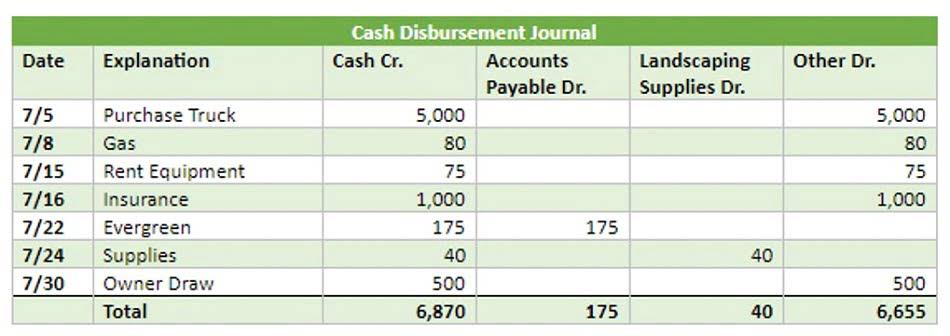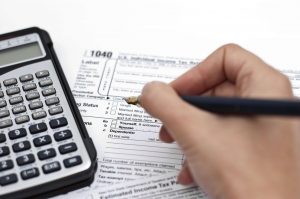
This method calculates the depreciation expense by multiplying the asset’s book value at the beginning of each period by the double declining balance rate. By understanding the calculation process and incorporating the DDB method, businesses can optimize their financial reporting and tax strategies. To compute annual depreciation using the double declining balance method, the determined rate is applied to the asset’s book value at the start of each year. For instance, if a machine costs $10,000, has a five-year useful life, and no salvage value, the double declining rate of 40% results in a $4,000 depreciation expense in the Accounting Periods and Methods first year. In the second year, the same rate is applied to the reduced book value, yielding a $2,400 depreciation expense. This process continues annually, with depreciation decreasing as the book value declines.

How the Tax Advantage Works
When estimating assets’ net worth each year, we use this technique for a constant rate of depreciation. For each year, multiply the book value at the beginning of the year by the DDB rate. The salvage value is what you expect to recover at the end of the asset’s useful life. Unlike DDB, the straight-line method spreads the depreciation of an asset evenly over its useful life. It’s simpler but doesn’t always match how some assets are actually used or how their value drops. For instance, the original book value of an asset was $112,000, the year-end book value of the same asset will decrease due to depreciation.
Double Declining Balance Method Formula (DDB)

It can lead to significant tax advantages and better matching of expenses with the actual economic benefits of the asset. To calculate depreciation using the virtual accountant DDB method, you first determine the straight-line depreciation rate by dividing 100% by the asset’s useful life in years. Each year, apply this double rate to the remaining book value (cost minus accumulated depreciation) of the asset. Each year, as your assets get older and less efficient, their value decreases. Depreciation lets you record this decrease in value on your financial statements. It turns the initial cost of the asset into an ongoing expense, spread across the asset’s useful life, giving you a more accurate financial picture.

Double Declining Balance Depreciation: Calculation and Examples
- The essence of DDB lies in this acknowledgment, setting it apart from linear depreciation methods and tailoring depreciation to match an asset’s real-world wear and tear more closely.
- For instance, if a car costs $30,000 and is expected to last for five years, the DDB method would allow the company to claim a larger depreciation expense in the first couple of years.
- For instance, if the straight-line rate for a five-year asset is 20%, the DDB method applies a 40% rate in the first year.
- There are different methods of calculating depreciation, but the two most common methods are straight-line depreciation and double declining balance depreciation.
- DDB might be right for your business if you have assets that become outdated quickly or will see most of their use in the initial years.
- This is preferable for businesses that may not be profitable yet and, therefore, may be unable to capitalize on greater depreciation write-offs or businesses that turn equipment assets over quickly.
- The double declining balance method of depreciation, also known as the 200% declining balance method of depreciation, is a form of accelerated depreciation.
Therefore, the first year depreciation expense for the $10,000 machine would be equal to $4,000 (.40 X 10,000) — provided the asset was placed in service on January 1, of that year. Enter the 4-digit year you would like to calculate the depreciation expense for. If you would like double declining balance method the name of the asset, or General Asset Account (GAA), included in the title of the depreciation schedule, enter the name in this field. Plus, the calculator also gives you the option to include a year-by-year depreciation schedule in the results — along with a button to open the schedule in a printer friendly window. By accelerating the depreciation and incurring a larger expense in earlier years and a smaller expense in later years, net income is deferred to later years, and taxes are pushed out.
- See the screenshot below for the facts of the asset we will depreciate using the variable-declining balance for the MACRS half-year convention.
- Under the straight-line method, the 10-year life means the asset’s annual depreciation will be 10% of the asset’s cost.
- While double declining balance has its money-up-front appeal, that means your tax bill goes up in the future.
- Continuing with the same numbers as the example above, in year 1 the company would have depreciation of $480,000 under the accelerated approach, but only $240,000 under the normal declining balance approach.
- For example, an asset with a five-year lifespan would have a 20% straight-line rate.
- Here’s the depreciation schedule for calculating the double-declining depreciation expense and the asset’s net book value for each accounting period.
- When it comes to tax purposes, the double declining balance depreciation method can have a significant impact.

Our editorial team independently evaluates products based on thousands of hours of research. To calculate this each year, multiply the percentage depreciation per year by the value of the item at the start of the year. For the first year, if the warehouse was worth $5 million, you would multiply $5 million by 0.15 to find you would depreciate it by $750,000. Both Straight-Line Depreciation and Double Declining Balance Depreciation have their advantages and disadvantages. Companies must carefully consider their specific needs and goals before choosing which method to use.
- By utilizing calculators, templates, and educational resources, you can make informed decisions that benefit your business.
- The residual value is the estimated value of the asset at the end of its useful life.
- Instead, the asset will depreciate by the same amount; however, it will be expensed higher in the early years of its useful life.
- The DDB depreciation method is best applied to assets that lose value quickly in the first few years of ownership, such as cars and other vehicles.
 صحيفة سودان بيزنس الاقتصادية صحيفة سودان بيزنس الاقتصادية
صحيفة سودان بيزنس الاقتصادية صحيفة سودان بيزنس الاقتصادية
